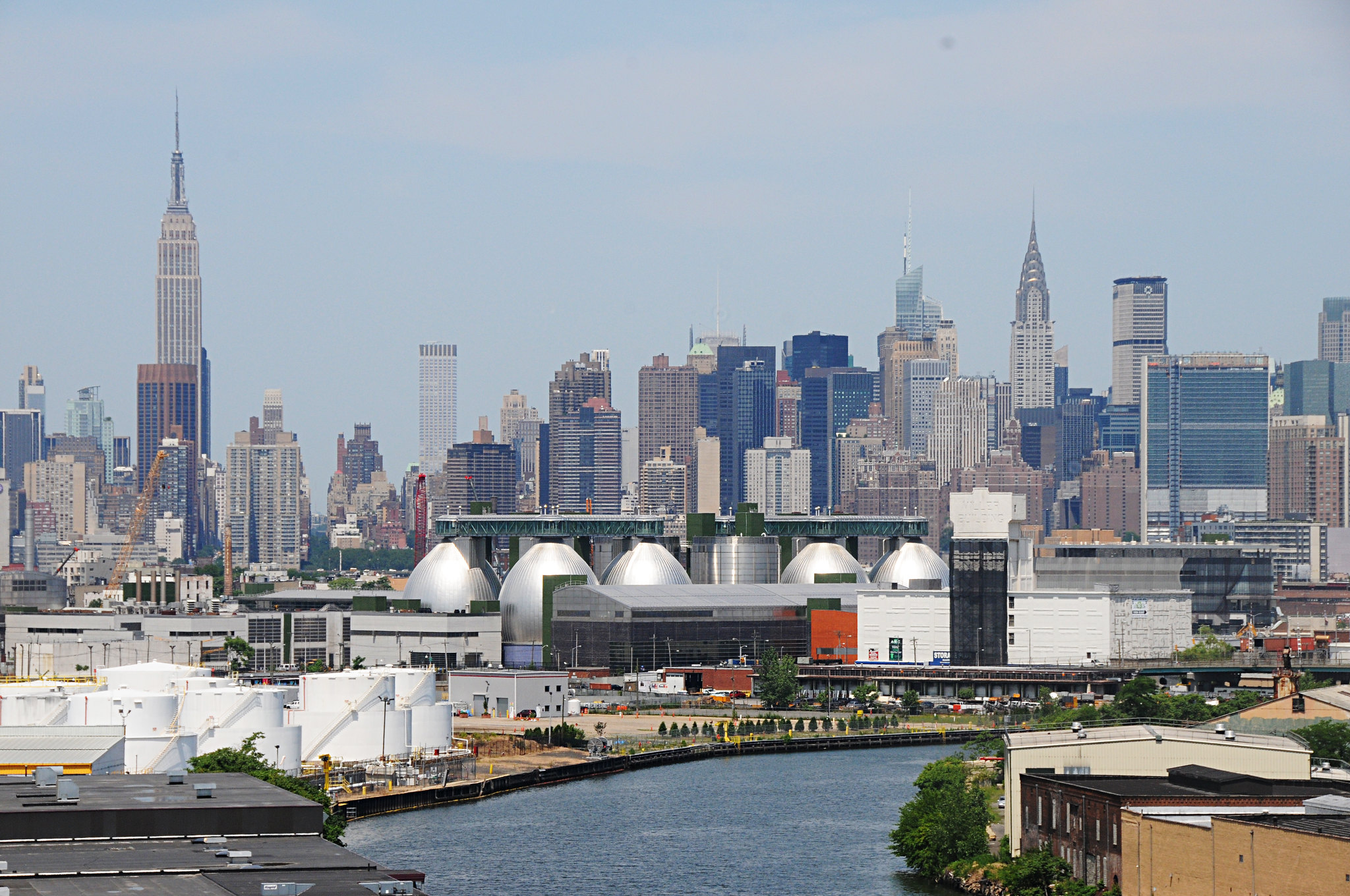New York Harbor, for years where the City’s factories dumped their toxic waste, has reached new highs in terms of health and cleanliness. Ever since the Clean Water Act, passed in 1972, went into effect, there has been a slow but productive rejuvenation of the City’s waters, as shown in a 2018 Water Harbor Quality Report.
The measures taken have proved fruitful, and New York’s harbors are seeing an increase in whale sightings. Not only are we seeing first-timers, but returning whales as well, giving the hope that should we continue to observe the conservative measures that are a part of the Clean Water Act, and even further our attempts by stepping up and combatting issues such as pollution and littering, we can expect to keep seeing the whales visit our shores.
When asked about the sea creatures’ sightings and the link to conservation efforts, Dr. Dianne Greenfield of the School of Earth and Environmental Sciences department at Queens College, and the Advanced Science Research Center maintains that while there is no definitive proof of certain factors directly relating to marine mammal sightings, there have been some significant changes to NY and regional waterways that are worth noting, as a sizeable aspect of the overall picture has to do with wastewater management and nitrogen inputs.
“Of the many factors that influence NYC water quality, one of the biggest improvements to NY and Long Island Sound waterways over recent years has been the reduction of nitrogen inputs. Nitrogen is an essential nutrient for life, but excessive levels can cause deteriorating water quality (a process known as eutrophication), algal blooms, and dangerously low oxygen levels (hypoxia) that negatively impact aquatic ecosystems and wildlife. NYC and western Long Island Sound have a long history of hypoxia, especially during summers.”
Eutrophication, a process that occurs when the environment has too many nutrients can cause excess growth of plants and algae, leading to hypoxic waters– waters in which there is not enough oxygen for the sea life to survive.
“However, successful water quality management strategies have focused on reducing point-source nitrogen inputs from wastewater treatment facilities. These positive efforts, both in NY and CT, have decreased nitrogen inputs to our waters and helped to improve water quality. Maintaining this positive trajectory should be a priority in the future as NYC faces growing challenges from climate change that could complicate these improvements and overall coastal resilience.”
To sustain an environment in which we can expect visits from whales, returning and first-timers both, we have to remember the reasons for their visits. Dr. Greenfield reminds us that while there is no definite proof of certain factors leading to an influx of these sightings, she also reminds us that wastewater treatment facilities have strategies in place that have reduced nitrogen inputs to our water sources. Nitrogen in itself may be very unlikely to have served as a contributor to water sightings, but it is water quality that helps with food resources, such as the Atlantic menhaden. As Celia Ackerman, a naturalist aboard the Gotham Whale points out, cleaner, healthier water allows for the presence of the local population of the Atlantic menhaden fish. Combatting eutrophication plays a part in that.











